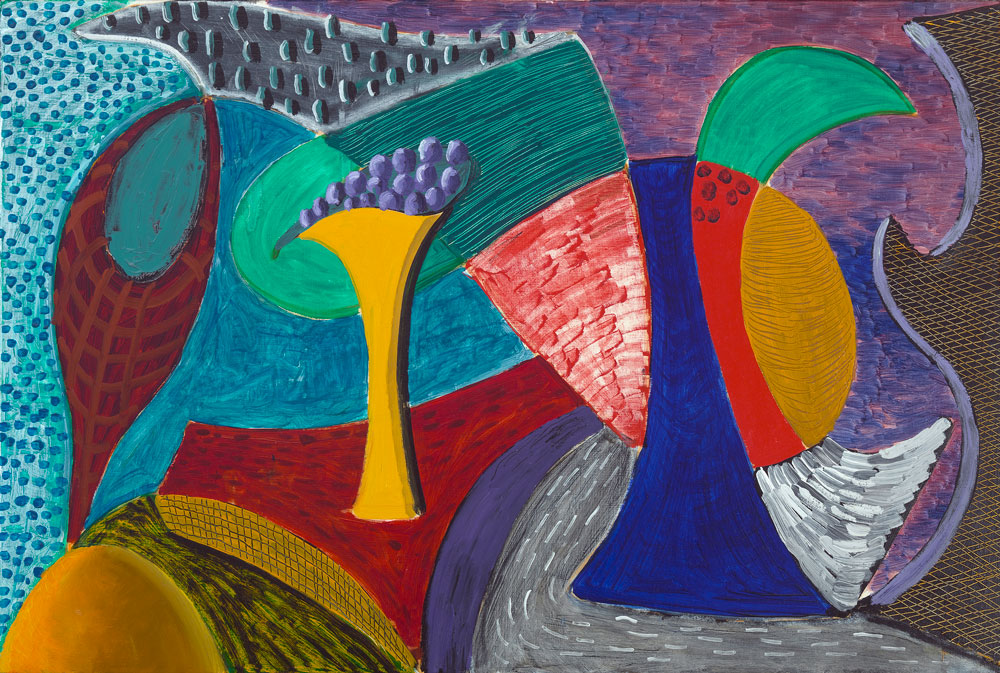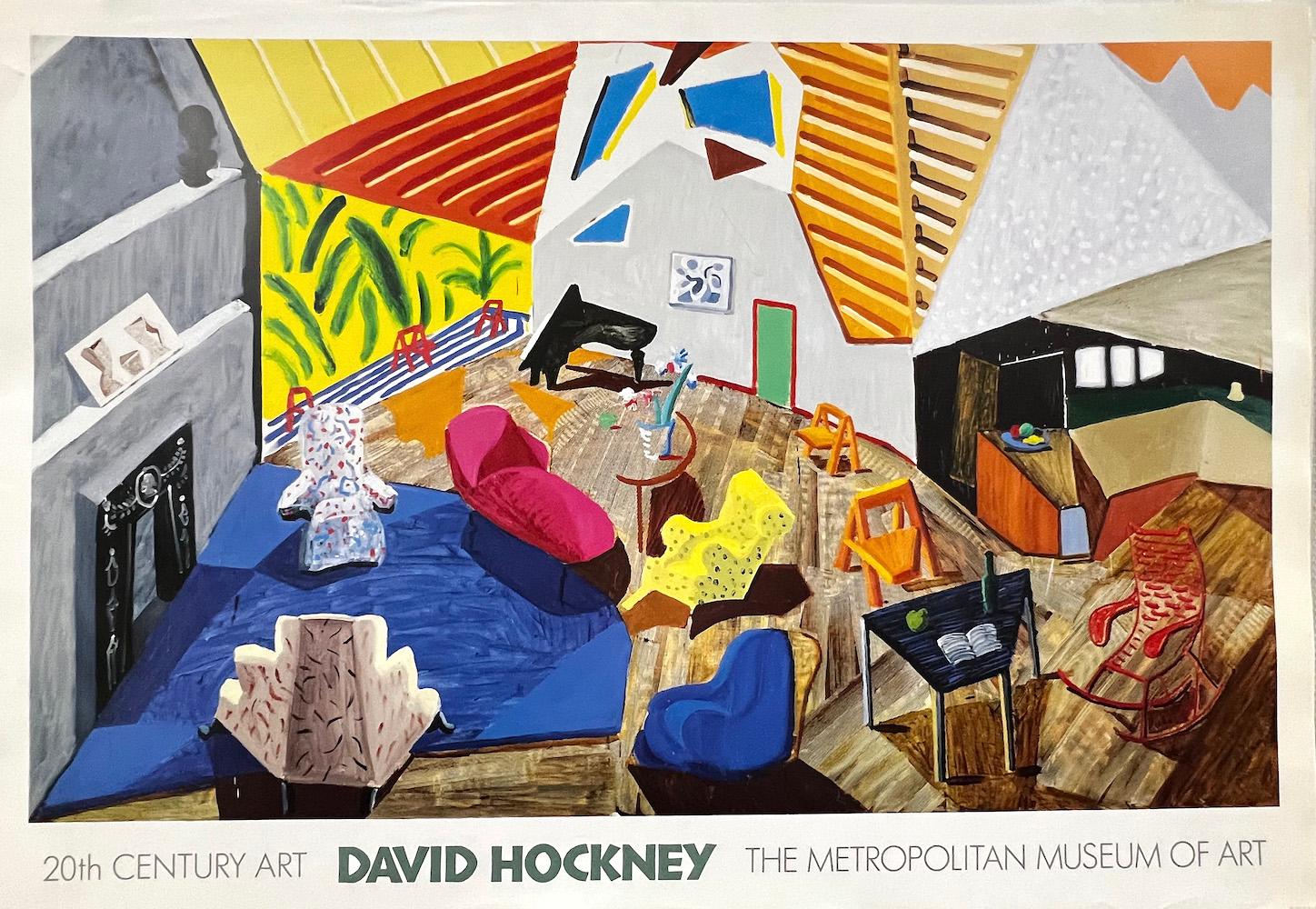Few relationships in modern art history better illustrate the notion of a dialogue across the centuries than the one between David Hockney and Pablo Picasso. Though they never met, Hockney has long considered Picasso not merely a source of inspiration, but a guiding force — a master whose fearless innovation opened new paths for what painting could be. Across decades, this reverence evolved into a visual and philosophical exchange, with Hockney both absorbing and responding to Picasso’s artistic provocations, constructing a legacy that is both homage and transformation.
Seeing Through Picasso’s Eyes: The Early Influence
From his student days at the Royal College of Art in the late 1950s and early 1960s, Hockney encountered Picasso not just in books or hearsay, but vividly — through exhibitions that featured the master’s late works. These encounters proved revelatory. To the young Hockney, Picasso represented creative freedom, audacity, and an unshackled view of the world. What struck Hockney most was not simply Picasso’s stylistic range, but his radical way of seeing — an artist unafraid to fragment, distort, or reinvent reality to reveal deeper truths.
In this sense, Picasso influenced more than Hockney’s style — he reshaped his worldview. As Hockney would later recall, “Picasso showed me how to see with new eyes.” This idea of perception as an active, creative process became central to Hockney’s entire career.
Cubist Inheritance: Multiplicity of Viewpoints

One of Picasso’s most enduring contributions to 20th-century art was Cubism — a movement that challenged the Renaissance ideal of a single-point perspective and proposed instead a multiplicity of viewpoints simultaneously. Hockney would take this core idea and expand it into new media and new forms.
This is most clearly exemplified in Hockney’s groundbreaking joiners — photographic collages assembled from dozens of Polaroids or 35mm prints that depict a subject from shifting angles. These works are not only an homage to Cubism but a reinvention of it, updating its visual language for the lens and later, for the digital age.
Hockney once stated that “the camera always lies,” critiquing the illusion of objectivity in traditional photography. Through the joiners, he sought to restore the subjective, temporal experience of seeing, very much in line with the Cubist aim of capturing time, space, and perception in a single image — an ethos pioneered by Picasso.
The Echo of Guernica: Painting and Politics
While Hockney is often celebrated for his luminous pool scenes and portraits of domestic intimacy, there is a lesser-known but important thread in his oeuvre that echoes the gravity of Picasso’s political works, especially Guernica. In paintings such as The Massacre and the Problems of Depiction (2003), Hockney grapples with similar concerns: how to represent violence, human suffering, and historical trauma in a visual language that refuses to simplify or sensationalize.
Like Guernica, Hockney’s Massacre is not a literal depiction, but a meta-painting — a meditation on the inadequacy of representation itself in the face of brutality. In both artists, we see a shared conviction that painting is not just a mirror of the world, but a moral and intellectual act, capable of challenging power and bearing witness.
Homage as Method: Late Picasso and Late Hockney
As Hockney matured, his connection to Picasso only deepened. He continued to study Picasso’s late works, marveling at the painter’s refusal to stagnate, his insatiable curiosity, and his embrace of constant reinvention. Picasso died in 1973, but for Hockney, he remained “the greatest artist of the 20th century,” not because he was always perfect, but because he was always daring.
In his later years, Hockney channeled this spirit of innovation into new technologies, including iPad drawings, digital landscapes, and immersive video installations. These works, while technically far from Picasso’s studio, embody the same ethos: never repeat yourself, always explore. In this way, Hockney didn’t merely follow Picasso — he carried his legacy forward.
Conclusion: A Timeless Conversation
To understand David Hockney is to recognize the persistent hum of Picasso in the background. Theirs is not a relationship of imitation, but of creative inheritance — a multigenerational conversation about the nature of vision, memory, and representation.
Where Picasso challenged the past, Hockney challenges the present. Yet in doing so, both artists remind us that art is not bound by chronology. Instead, it is a continuum — a living dialogue where each new generation builds upon the last, not with reverence alone, but with bold reinterpretation.
In the work of David Hockney, Picasso’s eyes still look upon the world, refracted through new media, new questions, and a renewed faith in the power of seeing.

